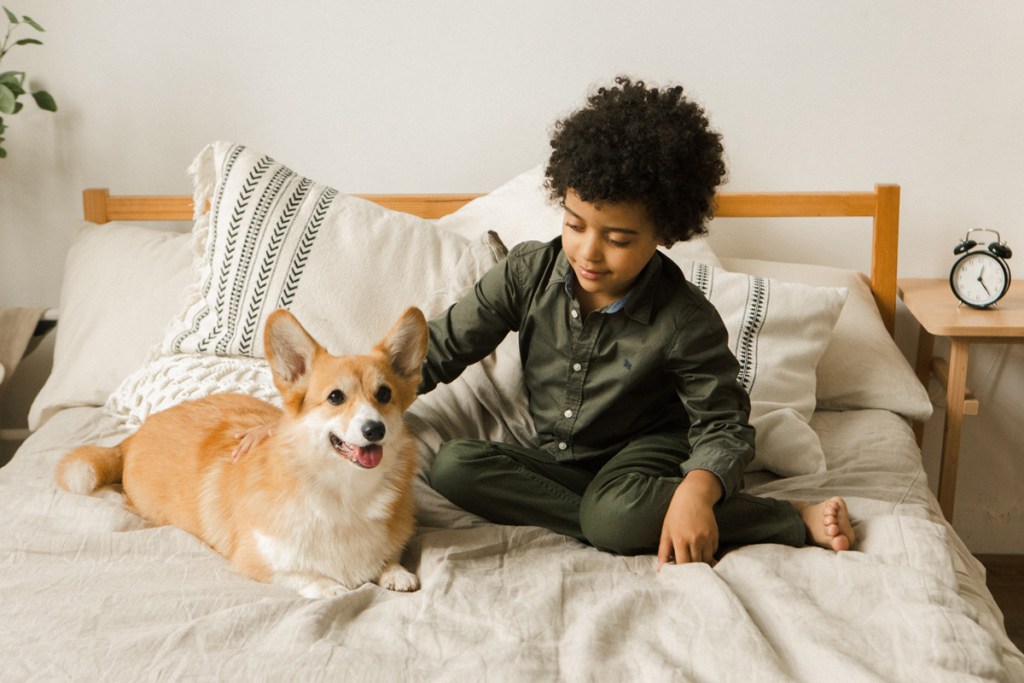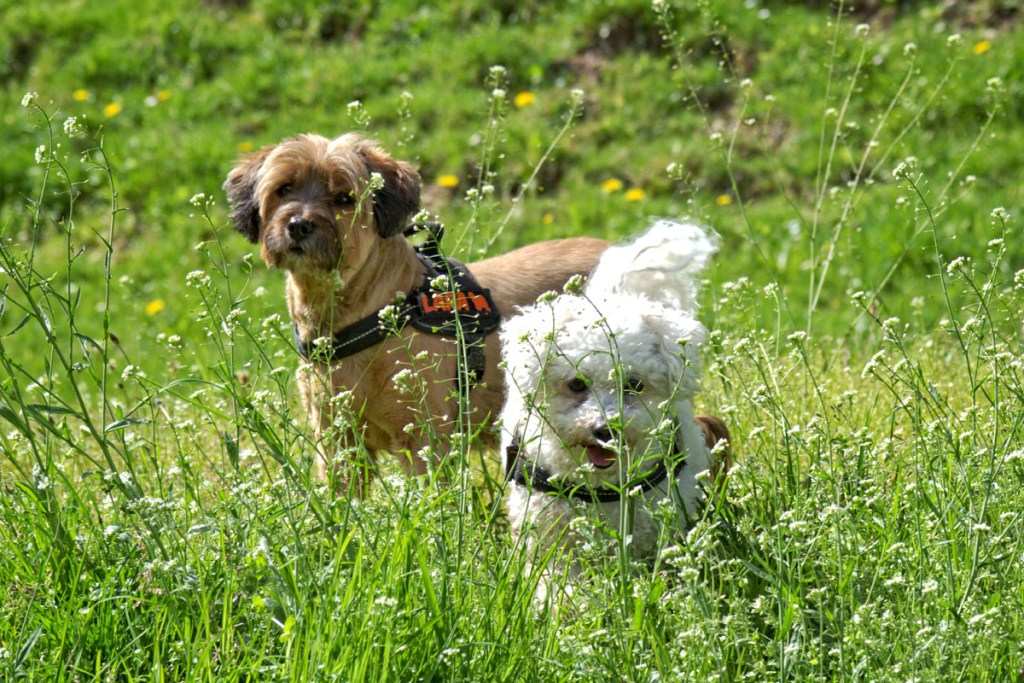Approximately 1.6 million rescue dogs are adopted into U.S. homes each year. And depending on a rescue dog’s history, it can take from a few weeks to several months to feel secure in her new environment. Adopting a dog is one of the most rewarding and exciting things you’ll ever do. To ensure a smooth transition, you’ll need to take things slowly. Remember, your new dog may already have passed through several homes before ending up in the shelter. Now, you’re introducing her to yet another new situation. You’ll need to earn her trust and reassure her that your home is forever. Following are six tips to help your newly adopted dog feel at home.
Purchase supplies ahead of time
Be prepared for your new arrival by purchasing supplies in advance. You’ll need a sturdy collar, leash, harness, and ID tags. You don’t want to make sudden changes to your dog’s diet, so ask the shelter what food they use and then get that brand. Also, purchase a soft bed and safe, sturdy chew toys such as Nylabones or Kongs. Adoption experts at the Humane Society of the United States (HSUS) advise against giving your new dog free range of the house until she settles in. Consider setting up a crate or playpen that’s large enough for her to stand up and turn around. Alternatively, you can gate her off in a smaller room like the laundry room or a bathroom. This will become her safe go-to space when she wants time alone. It will also help with any housebreaking issues.

Take time off to help your dog settle in
It’s best to take time off from your job to help your dog settle in for the first few days. You can use this time to work on bonding and introducing your new dog to other family pets. When you do leave the house, give your new friend an enrichment toy to keep her busy and help prevent separation anxiety.
Socialize slowly
You’ll be tempted to call relatives and friends to come and meet your new dog when you first bring her home. But this is not a good idea. You need to give her time to bond with immediate family members — humans and pets — before meeting other people. Take things slowly and give her lots of space in the first few weeks. Once she seems relaxed and settled into her new life, you can gradually start introducing her to a wider circle of people.
Establish a routine
Behavioral experts advise you to create a care plan before the dog comes home. Decide how often and at what times the dog will be fed and walked. Plan on feeding, walking, and going to and from work at the same time every day. If there’s more than one person in the household, establish who will be responsible for each task. Young children should be allowed only to assist adults when it comes to caring for the new dog. You’ll also need to agree on house rules. For example, will the dog be allowed on the furniture, and are any rooms off-limits? Everyone in the house needs to enforce the rules so the dog understands.
Make proper introductions to other dogs
If you were asked to bring your current dog to the shelter to meet the dog you’re adopting, then you know they already get along. However, you’ll need to reintroduce them once on home turf. Training experts at the HSUS recommend that the dogs meet with each other outdoors on neutral territory. Each dog should be walked separately on a leash, and each walker should have a bag of high-value treats. Start at a distance, and if all is going well, move closer together, rewarding the dogs for calm behavior.
When first introducing the dogs inside the home, the HSUS recommends using a sturdy, tall baby gate to keep them separated. Observe how they interact with each other through the gate and reward positive behavior with treats. Be sure to remove any toys, food, or treats lying around before allowing the dogs to get together as these could cause a fight. Closely watch the dogs and reward them for positive behavior until you are confident that they are comfortable and safe with each other. If introductions don’t go well, it’s best to reach out to a professional trainer or behaviorist. The ASPCA is a good source when deciding exactly which type of specialist would serve you best.

Reach out to the shelter for help if needed
Depending on a rescue dog’s history, he or she may have difficulty settling into a new life. Don’t hesitate to reach out to the shelter or rescue where you got the dog for help in the early weeks. Rescue workers want the adoption to go smoothly and are more than happy to help. Many shelters partner with trainers who can offer advice on helping your newest family member settle in.
Above all, when it comes to welcoming a rescue dog into your home, be patient and avoid unrealistic expectations. Understand that your dog may be confused and scared, and give her the space she needs to get comfortable. By taking the time necessary to help her adapt, you’ll have made a best friend for life.
Editors' Recommendations
- Are ‘dog years’ really 7 human years? How to calculate your dog’s age
- How to tell if your older dog’s health decline means the end is near
- Xylitol is dangerous for dogs: 10 surprising products that contain it as a hidden ingredient
- Do puppies sleep a lot? These are the perfectly normal sleeping habits of a healthy pup
- A simple guide to what to feed tadpoles in your aquarium




